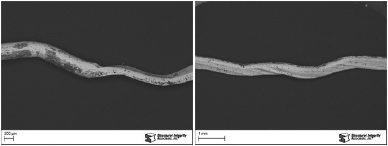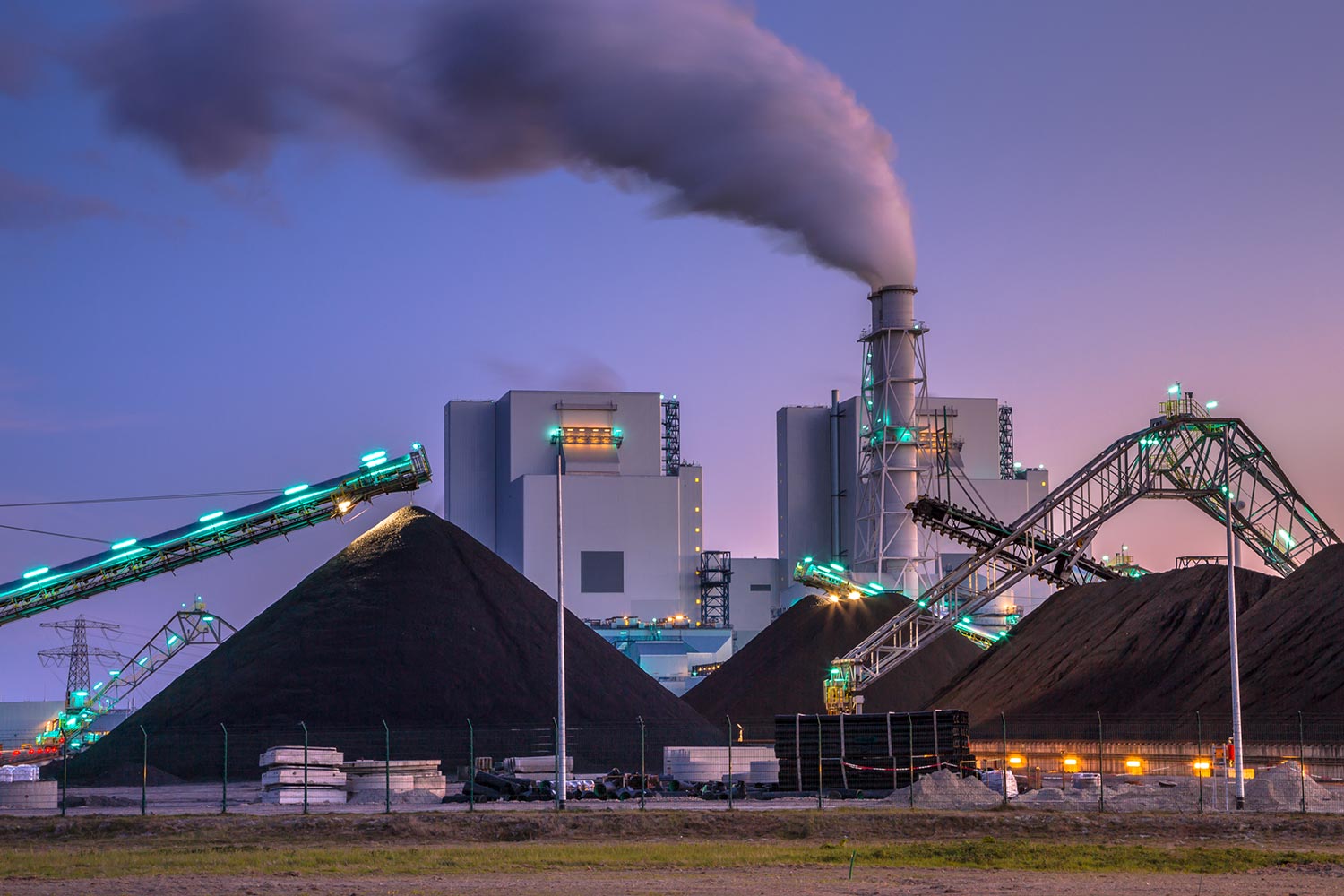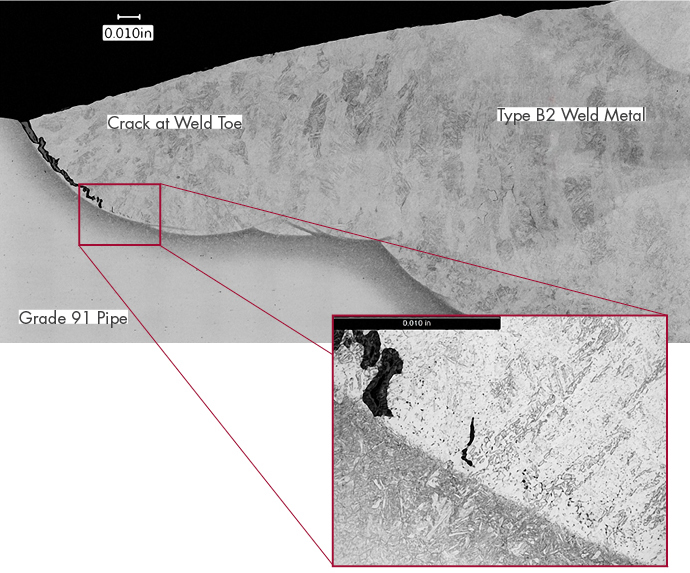A small metallic particle that had contaminated a product line was brought to SI’s Materials…
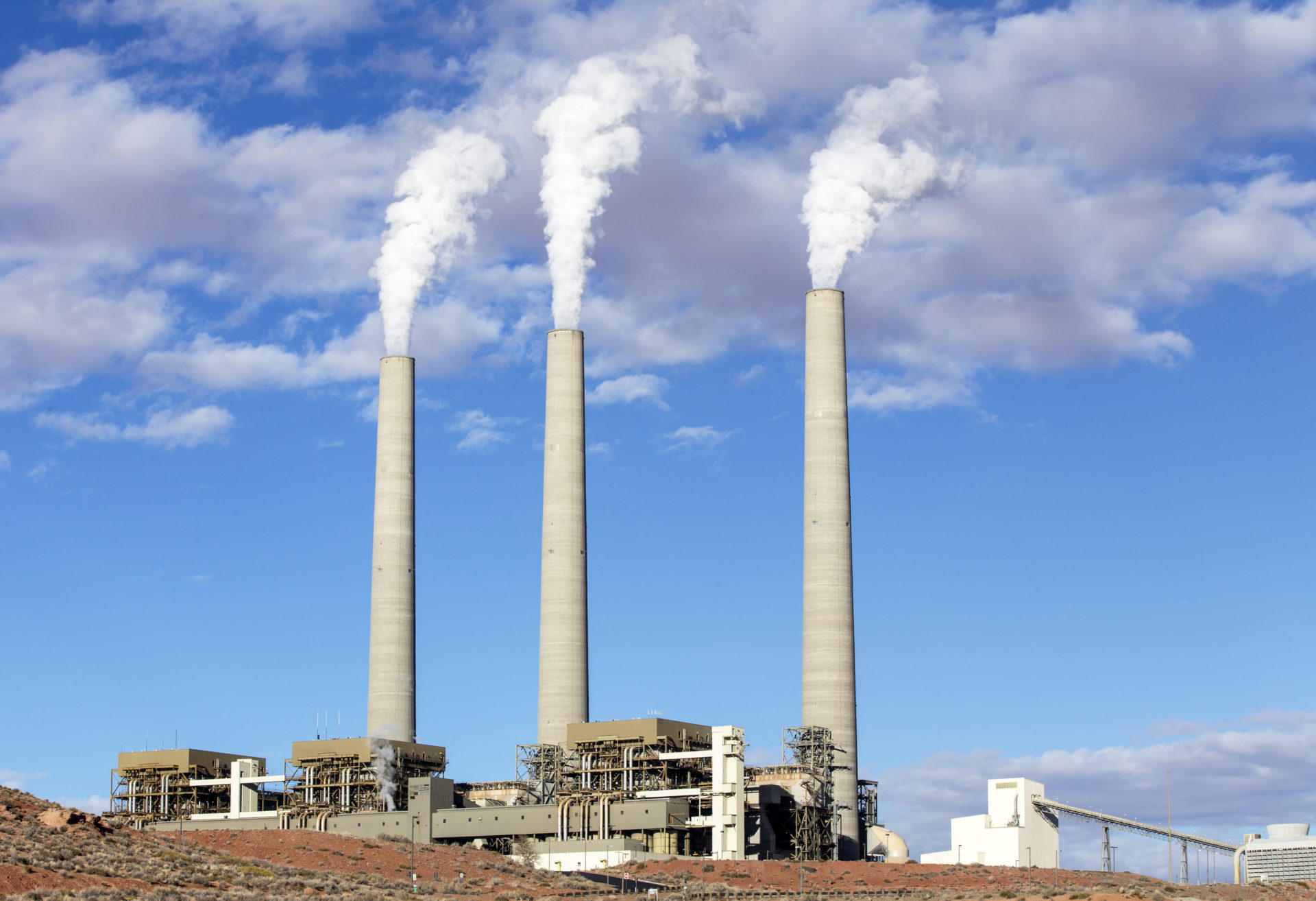
Materials Lab Featured Damage Mechanism: SH/RH Fireside Corrosion in Conventional Coal Fired Boilers
SH/RH Fireside Corrosion in Conventional Coal Fired Boilers
Superheater/reheater fireside corrosion is also known as coal ash corrosion in coal fired units.
Mechanism
Coal ash corrosion generally occurs as the result of the formation of low melting point, liquid phase, alkali-iron trisulfates. During coal combustion, minerals in the coal are exposed to high temperatures, causing release of volatile alkali compounds and sulfur oxides. Coal-ash corrosion occurs when flyash deposits on metal surfaces in the temperature range of 1025 to 1200oF. With time, the volatile alkali compounds and sulfur compounds condense on the flyash and react with it to form complex alkali sulfates such as K3Fe(SO4)3 and Na3Fe(SO4)3 at the metal/deposit interface, which are low melting point compounds. The molten slag fluxes the protective iron oxide covering the tube, exposing the metal beneath to accelerated oxidation.
Typical Locations
Fireside corrosion will generally be most severe in the highest temperature locations of the SH and RH components. These areas include:
- Leading sides of all tubes in pendant platens; bottom bends of platens
- Out of alignment tubes
- Outlet/final tubes towards the header
- Just prior to a material change, e.g., T22 tubing just before austenitic tubing
- Wrapper tubes
- Tubes that surround a radiant cavity
- Tubes with a longer gas-touched length
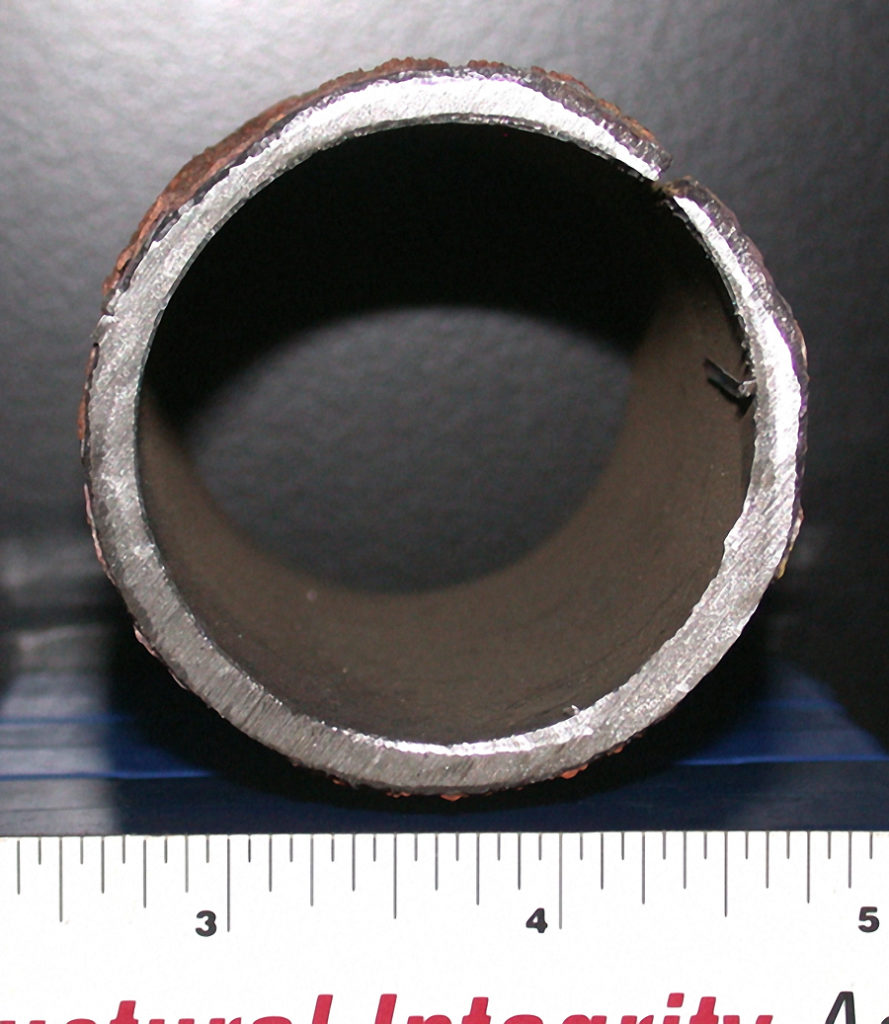
Features
- Tube wastage very often occurs as flat regions at the 10:00 and 2:00 positions, but can also occur at the 12:00 position.
- The presence of a three-layered deposit that is well adhered to the tube at ambient temperatures. The layers include a hard, brittle, and porous outer layer; a white intermediate layer containing compounds of complex alkali sulfates; and a black glossy inner layer consisting of oxides, sulfates, and iron sulfides.
- The ratio of maximum wall loss to steam side oxide scale thickness will be greater than five.
- Stainless steels often show sulfidation and/or carburization.
Root Causes
There are three general groups of root causes, which include overheating of the tubes, fuel factors, and combustion factors. Overheating can be related to poor initial choice of tube material for the operating conditions, the presence of extra gas touch length, steam side oxide growth/buildup that forms during operation and insulates the tube metal from the cooling effects of the steam, high temperature laning, tube misalignment, change of fuel, and rapid startups causing the reheater to reach temperature before full flow is established. Fuel issues are generally related to the use of fuel with corrosive ash, which is often high in sulfur, sodium, potassium, and/or chlorine. Combustion factors include the use of low NOx systems, the presence of excess unburnt or partially burnt particles leading to an increase in carburization, and the use of oil on startup, which can also lead to carburization.
WENDY WEISS – wweiss@structint.com

